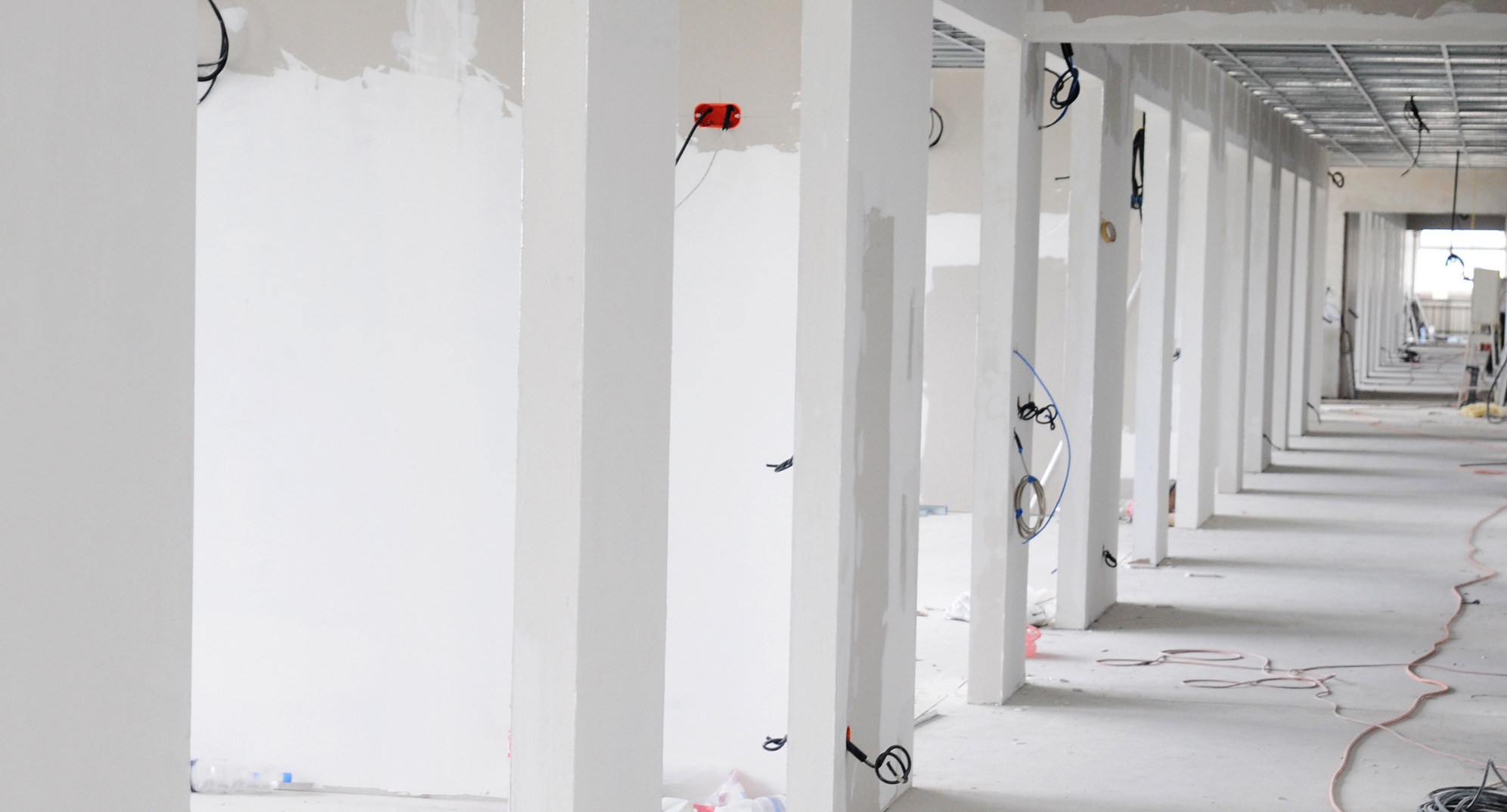5 No-Cost Fixes Hospitals Can Make to Improve Joint Commission Compliance

With only 60 days to address all findings after a Joint Commission (TJC) survey, it’s more important than ever for hospitals to take proactive steps to avoid some of the more common citations. Luckily, many common citations can be resolved without a cost, allowing your hospital to be better prepared for your next survey without taking on significant expense.
When TJC announced their new scoring methodology, the SAFER Matrix, back in May of 2016, it wasn’t initially clear how the changes would affect risk analysis in hospitals. Designed to aggregate compliance issues into low risk and high risk, the new methodology made it more challenging to predict the severity of certain findings. With each requirement for improvement or citation ranked on an individual basis — from immediate threat to life, to the likelihood to harm patients, staff and visitors — hospitals no longer have a predetermined understanding of vulnerabilities.
Further, TJC instituted a “See It, Cite It” policy during their triennial surveys that resulted in an increase in the number of citations. While previously, some standards required three observations before a citation was made, this new philosophy requires that anything seen will be immediately cited. Prior to “See It, Cite It,” hospitals could expect around 20 findings across all chapters and standards. Now, that average is often more than double that number. To improve your TJC Environment of Care and Life Safety compliance, make these five simple, cost effective improvements.
1. Review Your Inspection, Testing and Maintenance Documentation
TJC Element of Performance (EP) EC.02.03.05 EP 28 requires that certain specific information is included on your inspection, testing and maintenance (ITM) documentation for your fire alarm and fire suppression systems. This includes the name, date, required frequency and results of the activity, the name and contact information of the person performing the activity, an inventory of devices tested or inspected, and the NFPA standard referenced for the activity. If any of this information is missing or incorrect, an organization is likely to be cited under this EP. Taking the time to check that the information on the document is accurate and up-to-date is a quick, no-cost fix that can save your hospital from an unnecessary citation.
2. Perform Interim Life Safety Measures Assessments When Life Safety Deficiencies are Identified During ITM Activities
When ITM activities are conducted on Life Safety Systems, including fire alarm and suppression systems, fire door, and fire dampers, deficiencies in these systems are occasionally found. If a deficiency cannot be immediately corrected, TJC requires that an Interim Life Safety Measure (ILSM) assessment is completed to evaluate the impact that the deficiency will have on the overall safety of the facility and to ensure that additional measures are put in place to maintain a comparable level of safety, if necessary. Making a habit of completing and documenting this assessment immediately upon receipt of ITM reports will keep you from a citation.
3. Identify Anesthetizing Locations
Areas of the hospital where anesthesia is administered have additional compliance requirements to meet. For instance, there are special requirements for medical gas alarms and valves, fire safety procedures, and emergency lighting. Also, NFPA 99(2012) (the Healthcare Facilities Code), requires that the governing body of a healthcare organization designate anesthetizing locations within the facility. Ensure that you have an accurate list of all anesthetizing locations and have met any additional requirements.
4. Properly Categorize Your Building Systems
Your building systems — like your HVAC systems, electrical systems and medical gas systems — should be properly categorized per the definitions outlined in NFPA 99(2012) Chapter 4 for Category 1, 2, 3 and 4 building systems (where Category 1 systems have the highest risk to patient safety and Category 4 has the lowest). Knowing the categorization of your systems allows you to determine what types of inspection, testing, and maintenance requirements that you have to follow for each system. Also, having this information readily available for a TJC surveyor will demonstrate that you have your facilities program under control and understand how to maintain each system properly to code.
5. Document History of Rooms That Require Specific Differential Pressure Relationships
Differential pressure relationships have been a hot topic with TJC for the past several years. The requirements for differential pressure are largely determined by the Facility Guidelines Institute’s (FGI) Guidelines for the Design and Construction of Hospitals (commonly referred to as the FGI Guidelines). Since the FGI Guidelines have changed over the years (for instance, endoscopy rooms used to be required to have positive pressure, but current guidelines don’t require any particular pressure relationship), it is important to know which version of the Guidelines was used to design these rooms. You are not required to become compliant with newer versions unless significant renovation is performed. However, surveyors will base their assessment on the most recently adopted version of the Guidelines (TJC recognizes the 2014 FGI Guidelines unless a state has adopted a more recent version) unless you can show documentation of when the room was built. Having a clearly documented list of areas that require special differential pressure requirements and the version of the FGI Guidelines under which they were designed and built can help you avoid a potential inaccurate noncompliant citation.
By implementing these five quick fixes you can avoid facing tedious and unnecessary citations during your next TJC survey. Best of all, each update on this list can be achieved at little to no cost to your organization, allowing you to better prepare for surveyors and avoid the overwhelming task for correcting a high number of citations.
If you have concerns about your hospitals compliance status with the Joint Commission, or need assistance preparing for an upcoming survey, contact us today to talk with one of our experts!
Subscribe
to our blog
"*" indicates required fields




